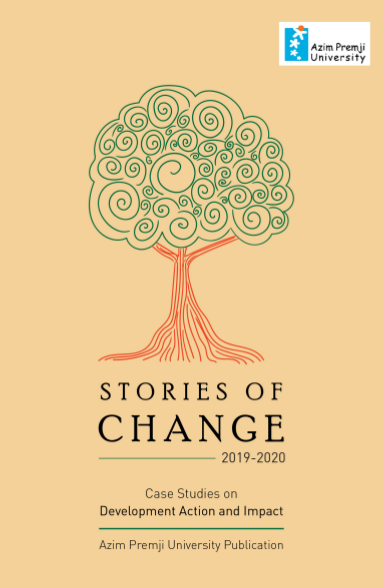A case study of the Kaigal program published by Azim Premji University, as part of a compendium of social change interventions.
Azim Premji University ran a Case Study Challenge for showcasing interventions in social change and organizations across the country were invited to participate. FEEL responded to this call and the intervention at Kaigal was selected amongst the 6 best interventions across the country from a total universe of 95 interventions profiled. We were invited to contribute a monograph to the compendium brought out by the Azim Premji University.
Abstract
The Kaigal Education and Environment Program was conceptualized in 2008 as an integrated approach combining education, conservation and sustainable livelihoods, rooted in social ecological principles. The program works in Chittoor district, along the fringes of the Kaundinya Wildlife Sanctuary. The communities here are marginalized mixed communities; many being scheduled castes/ tribes. The Yanadi tribal community is the predominant tribal group in this area. The underlying theory of change is that human communities are an interwoven part of the local ecology and sustainable interventions must evolve with and include the local communities – whose right and responsibility it becomes to protect and conserve the local ecology they are a part of.
The case study attempts to describe this through three distinct axes of intervention – conservation, education and livelihood programs; however, it must be remembered that these are not independent. Cultural stability, economic independence and societal acceptance of these communities are dependent on all these three interventions working together.
Over the period of the intervention the program has improved the conservation status of different ecosystems covering over 14000 hectares, touching over 26000 people across 60 villages. Over 300 tribal households have been directly impacted through the intervention; the community enterprise set up as part of this program is supporting rural and forest based livelihoods. The most important outcome that emerges, however, is that changing the relationship of the human being to the environment is the cornerstone for sustainable development.

